Roundup is an endocrine disruptor and is toxic to human cells in vitro (tested in culture dishes in the laboratory) at levels permitted in drinking water in Australia, a new study has found.
This is the first study to examine the effects of glyphosate and Roundup on progesterone production by human female cells in an in vitro system that models key aspects of reproduction in women.
Glyphosate alone was less toxic to human cells than glyphosate in a Roundup formulation; both glyphosate and Roundup caused cell death which resulted in decreased progesterone levels – a form of hormone/endocrine disruption. Endocrine disruption did not precede the toxicity to cells but occurred after it. The decreases in progesterone concentrations were caused by reduced numbers of viable cells.
A 24h exposure to a concentration of glyphosate (in Roundup) similar to that recommended as an acceptable level for Australian drinking water caused significant cytotoxicity in vitro, which supports a call for long-term in vivo (in live animals) studies to characterise the toxicity of Roundup.
The possibility that Roundup has endocrine disrupting activity independent of its ability to kill or disable cells needs further study.
Endocrine disruption and cytotoxicity of glyphosate and roundup in human JAr cells in vitro
Find the Full Study Here: https://www.gmoevidence.com/wp-content/uploads/2015/03/IPTG-1-104.pdf
Authors: Fiona Young, Dao Ho, Danielle Glynn and Vicki Edwards
Abstract
The toxicity of the active molecule in herbicides has been used to determine safe concentrations, because other components are considered inert. Roundup, which contains the active molecule Glyphosate, was described as an endocrine disrupter because non-cytotoxic concentrations inhibited progesterone synthesis in vitro.
Human chorioplacental JAr cells synthesise progesterone, and increase synthesis when stimulated by chorionic gonadotrophin (hCG), or the transduction molecule cAMP. JAr cells were exposed to two Roundup formulations, and compared with the same concentrations of glyphosate ± cAMP, or ± hCG for 1, 4, 24, 48 or 72h. The surviving viable cells were quantified using an MTT assay, and progesterone was measured in an ELISA.
hCG and cAMP stimulated progesterone synthesis by cells in vitro as expected. In contrast to previous reports, JAr cell death preceded decreased progesterone synthesis, and steroidogenesis was unaffected by low, non-cytotoxic concentrations of Roundup or glyphosate. Roundup was more cytotoxic than glyphosate alone; the 24h EC50 was 16mM for glyphosate, but 0.008mM when glyphosate was in a 7.2g/L Roundup formulation. Significant cytotoxicity was caused by glyphosate in Roundup (p<0.01) after 24h, and cytotoxicity was observed in vitro after exposure toa range of concentrations comparable to the Australian Drinking Water Guidelines.
Endocrine disruption effects were secondary to cytotoxicity. Roundup was more cytotoxic than the same concentration of glyphosate alone, indicating that the other constituents of the herbicide are not inert. There is a compelling need to conduct in vivo studies to characterise the toxicity of glyphosate in a Roundup formulation, to facilitate re-evaluation of existing public health guidelines.


















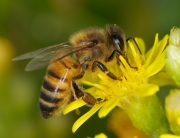






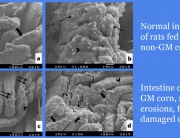
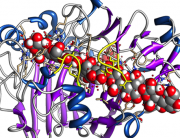



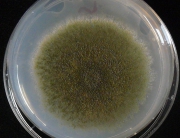
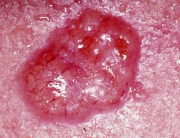

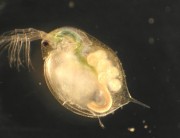

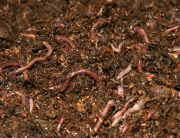


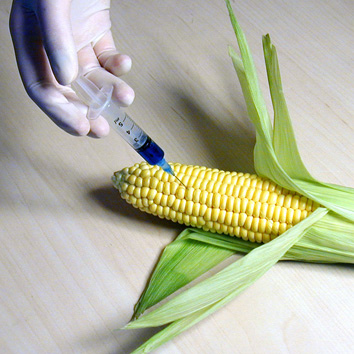

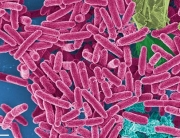





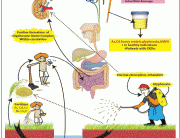







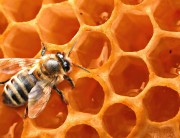
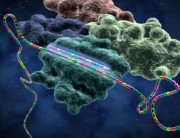



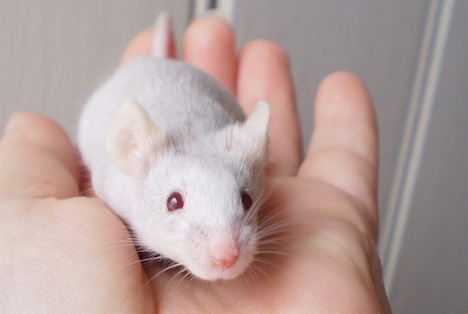


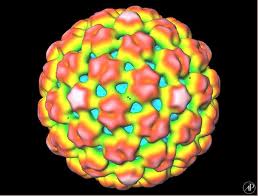
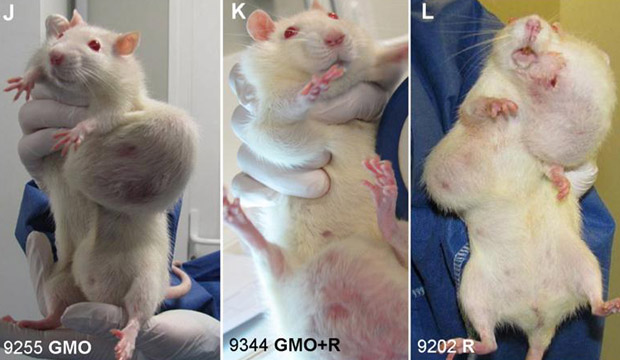



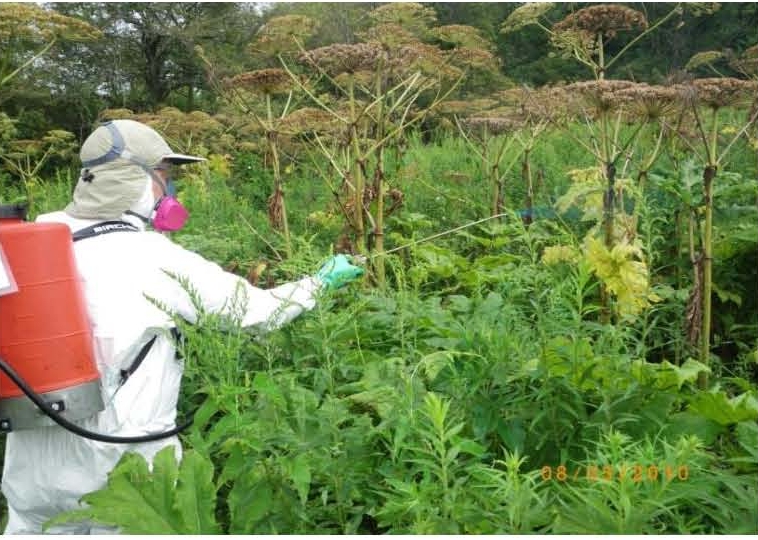


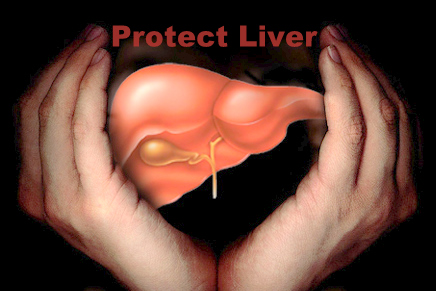
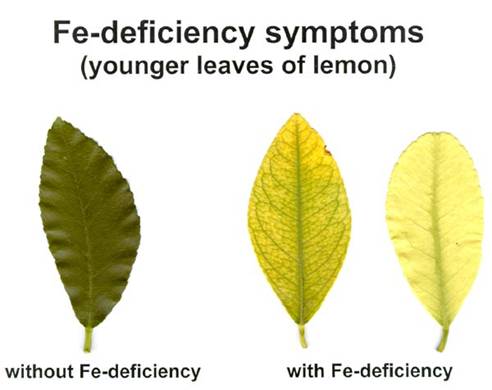

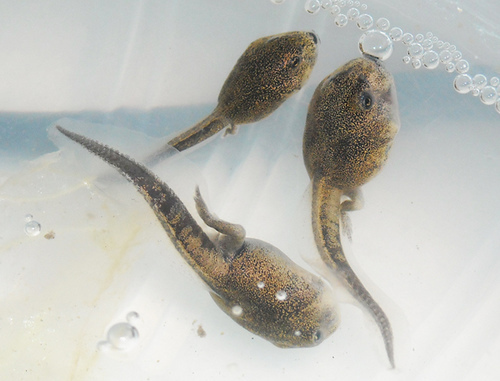
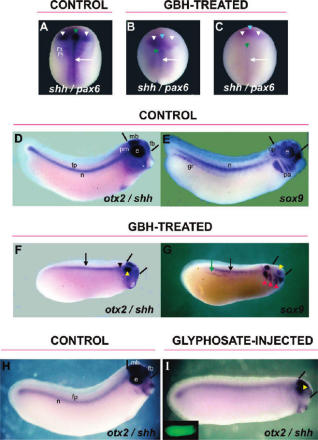





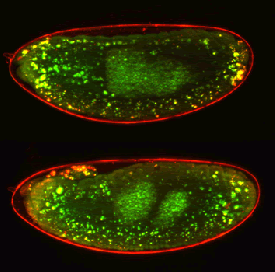
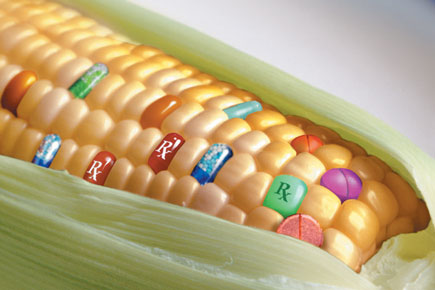
I glad studies like this are coming out more and more. How can biotech companies keep claiming those against herbicides/pesticides and GE organisms are “anti-science” when there are real scientific studies supporting those concerns?
My wife has recently been diagnosed with a massive decrease of progesterone production and is on a course of progesterone to build it back up. We live in a sugar cane growing area that has just introduced roundup ready cane. The stench of roundup (similar to almond essence) is constantly in the air for days after they spray. We also have a maccadamia nut orchard of some 500 trees neighbouring our property. No other chemicals apart from roundup are used on the entire area of orchard. Our property has benn totaly chemical free for as long as we have lived here (26 yrs). Coincidence? Apparently not. Thanks for the info.
Wade, please be careful that your wife is not taking a preparation of progesterone called premarin, which is harvested from pregnant mares urine, it is very dangerous in itself and has been proven to increase the risk of breast cancer by over 200% and possibly even double that. There are essential oils from plants that will do more to bring her body into a healthy state, clary sage, even pure lavender oil, there are others. Look up Dr Dan Pursers’s book on balancing hormones, it is available through Amazon.
I suggest that you move from that area, it is obviously too dangerous. I spent many years working in and visiting plant nurseries as a buyer and now I get an immediate unrelenting headache if I am exposed to any of the chemicals they consider ‘safe’.
Premarin consists of “conjugated estrogens”, not progesterone, FWIW.
Why is the incidence rate of cancer in the developed world higher than in the rest of the world?
GMO Genetically Modified Organisms Almost all GMOs are RoundUp Ready, that is the reason they are GMO, not to increase production, it’s to increase RoundUp sales and boy, they’ve done that. Dr. Swanson: GM Crops and Glyphosate Linked to U.S. Health D…
this article should be in every paper and magazine in the USA for a month, and in every library in communities and all educational libraries!!m thank you
Oh my goodness, Wade, i didn’t know there is Roundup Ready cane. I knew that glyphosate was sometimes sprayed on cane as a pre-harvest application.
I am especially interested in the effects of glyphosate in the diet on the human gut microbiome.
However, the formulation of Roundup contains some very nasty chemicals other than glyphosate, such as POEA, which may be the stench you smell, for it is a collection of various tallow amines, with fishy or ammonia stench. I am sure that if you can smell it, it is not good for your health because you are then absorbing some of these chemicals, which operate as penetrants on the plants, and i am sure, within your lungs and skin and mucous membranes. I would seek safety and abatement.
My husband and I just completed a Ranch Management Course at Texas A&M. Our first day of classes including our professor singing paens of praise to Monsanto and complete denial of any danger by RoundUp. He repeatedly said “Show me the lab results. Show me the studies proving me wrong.”
I will be sending him this report. I’ve lived in farm country all my life, born and raised on a dairy farm. I’ve been around RoundUp since it came on the market. I’ve had serious problems with infertility and low progesterone for decades. I wonder if there could be a correlation.
Don’t expect it to make any difference, in one ear and out the other – they have their own official debunking sites that people think are credible – they go there where peoples live and reputations are smeared, and then feel satisfied that they were right all along, confirmation bias. I am not a perfect person, so I used to think love and compassion and forgiveness, but these people need to go to jail. When you start to dig through the medical literature don’t think it is any better…woeful ignorance and there is no excuse. It needs to change now, we all must stand up and say no more.
When it comes to industry performing studies to determine the safety of their own products there is an old saying, “Honour dies where interest lies.”
I have suffered significantly from living in a rural area and being exposed in my own home to crop spray drift. We moved and the Nightmare continues the “nano particles” came with us on books and all soft furnishings! I am now in my 5th yearof being bedridden! Please get in touch with me via email if you want to start a support group, get this issues raised at the highest levels or just want to ask a question! WE CAN NO LONGER BE SILENT People and animals are dying in the UK my email address is chloewilliams2057@icloud.com